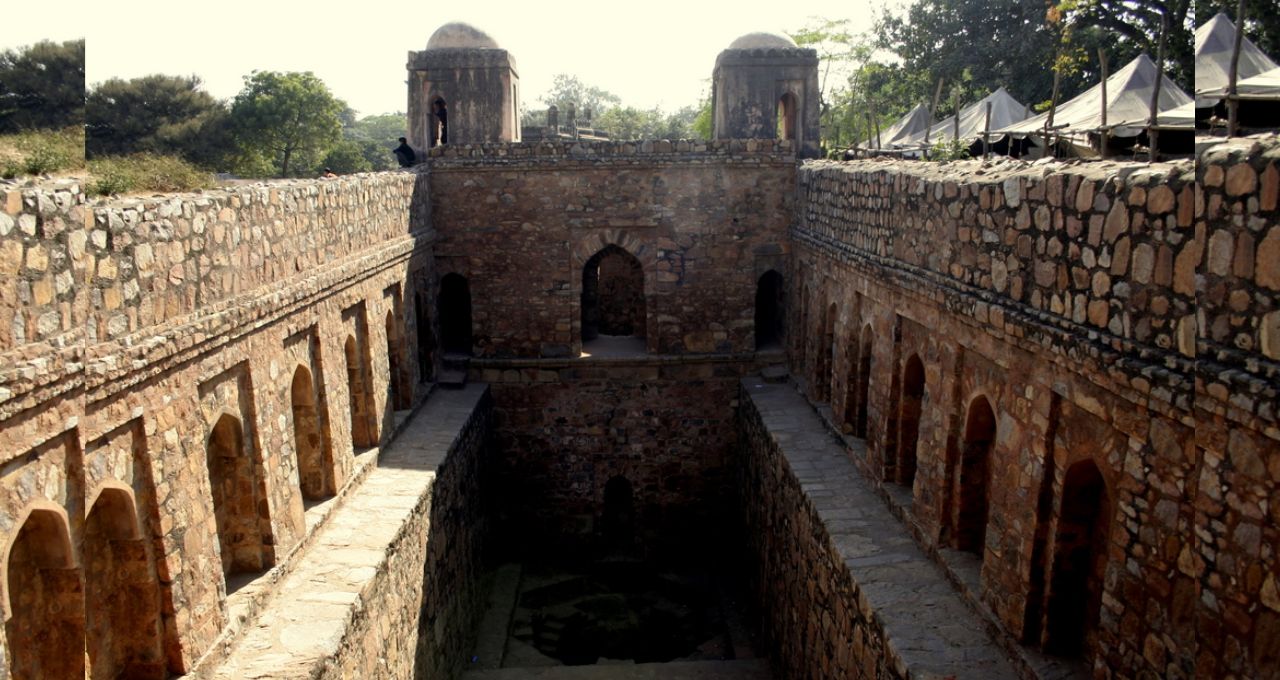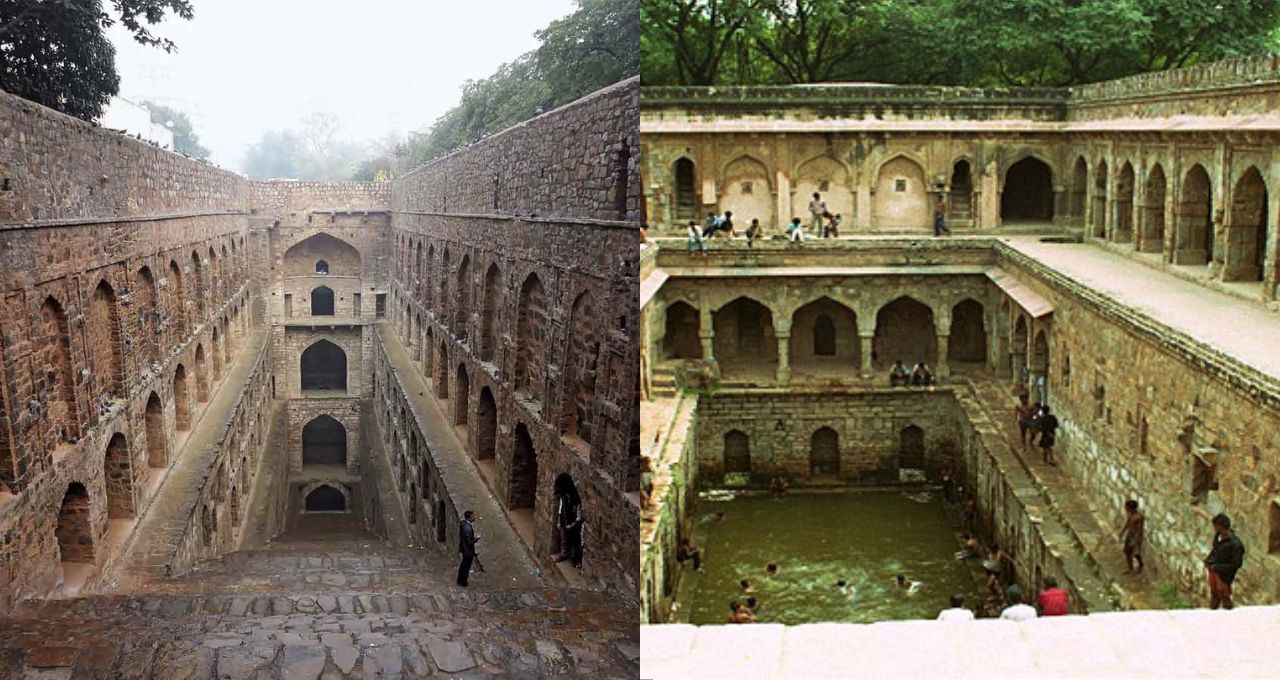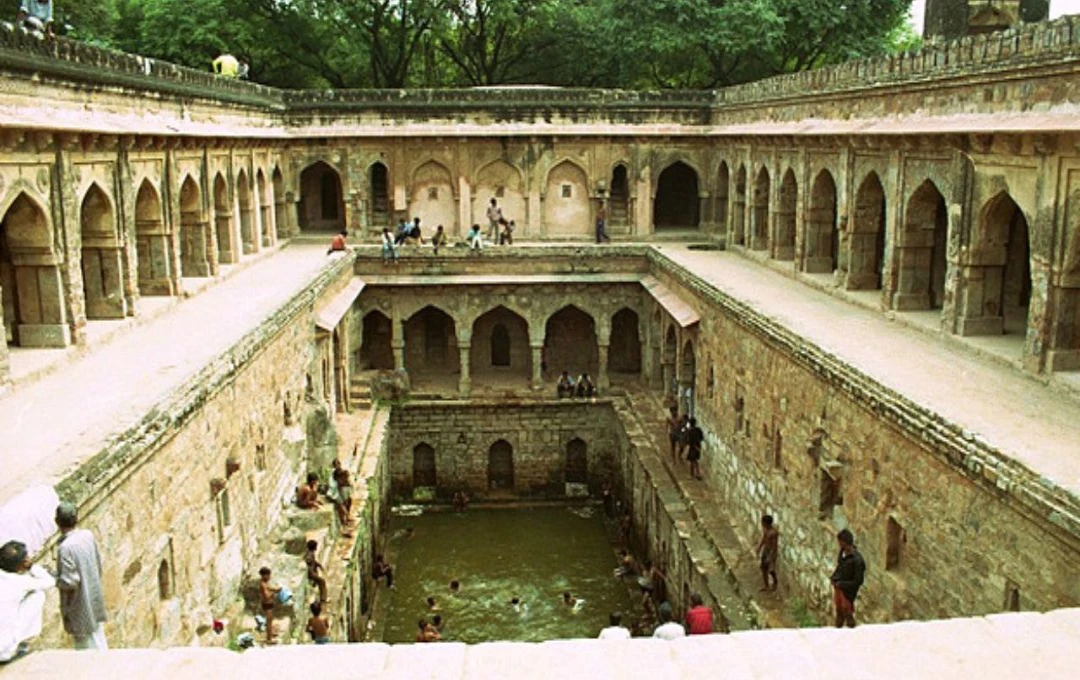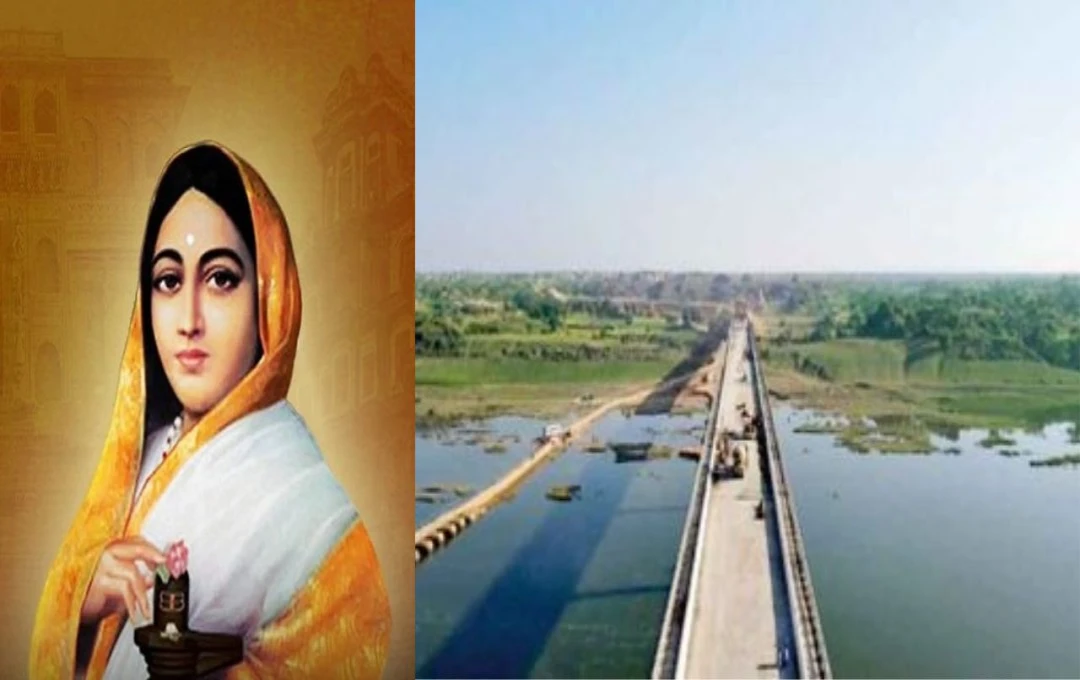Delhi, India's capital, is not merely a center of political activity and modernity; it's also a confluence of numerous historical layers. Every street, every neighborhood, every old building whispers a story. Many of these narratives are dust-covered, lost in the relentless pace of time. Yet, some legacies silently assert their presence. Munirka Baoli, also known as the Lodi-era Baoli, is one such delicate treasure of history.
Munirka Baoli: An Unseen but Invaluable Heritage
Located in Wazirpur Gumbad Park, R.K. Puram Sector-5, Delhi, this baoli is not just one among Delhi's countless stepwells; it's a unique heritage site of immense historical significance. It directly evokes the Lodi period, when the rulers commissioned such water harvesting structures for water conservation.
Beyond water conservation, these baoli held significant social importance. They were not merely water sources but centers for social interaction, relaxation, and community bonding. People came not only to quench their thirst but also to meet fellow travelers, exchange stories, and share life's simple joys.
Historian Abu Sufiyan notes that this baoli is an unparalleled example of the architectural art of its time, built not only for water conservation but also as an integral part of the community lifestyle. 'Munirka' derives its name from the old village that once defined this area, a name still alive among locals.
Historical Context of Munirka Baoli
The Lodi dynasty (1451-1526) constructed numerous structures in Delhi that remain etched in history. The baoli are particularly significant, showcasing the water conservation techniques of the era. Given the low groundwater levels in Delhi's plains, the construction of baoli was a necessary measure.
Munirka Baoli, though small in size, holds immense communal and historical importance. As a water source, it was a lifeline for the common people, especially during dry seasons. It also served as a platform for rest and conversation during journeys.
Glimpse of Architecture and Structure

Even in its unassuming size, Munirka Baoli showcases remarkable architecture. Its walls, the well's construction, and the descending steps reveal the engineering capabilities of that era. The stone carvings and design reflect the Lodi style, demonstrating the architectural passion and skill of the time.
Today, this baoli stands in a quiet corner, removed from the fast pace of modern life, yet its stones conceal centuries-old stories. For history enthusiasts, it's a book that cannot be read but can be felt.
Munirka Baoli Today: History Welcoming with Open Arms
The most remarkable aspect of this Delhi heritage site is its open accessibility to the public. No tickets or fees are required. This heritage site remains open daily from 5 AM to 8 PM. However, there is a significant lack of conservation and promotion, limiting its popularity.
Away from Delhi's hustle and bustle, this baoli offers a tranquil escape and a glimpse into the past for tourists and history lovers. Where the surrounding noise subsides, the layers of history etched onto Munirka Baoli's stones seem to hum.
How to Reach Munirka Baoli
Finding this unseen yet significant heritage site is not difficult. Munirka Baoli is located near Wazirpur Gumbad Park in R.K. Puram Sector-5. From Olof Palme Marg, proceed towards Sector-5 via Vivekananda Road to find the location. Although the main entrance is sometimes partially closed and there are no permanent guides or security personnel on the premises, a nearby Gurudwara can serve as a landmark to easily locate the site.
Conservation Needs and Future Prospects
The conservation and better promotion of heritage sites like Munirka Baoli are crucial. The Delhi government and the Archaeological Department should prioritize preserving this heritage and prominently featuring it on the tourism map. With focused efforts, this baoli can reach a wider audience as a significant part of Delhi's cultural and historical heritage.
Furthermore, the local community and history enthusiasts can play a vital role in preserving this baoli. Organizing awareness campaigns, cleaning drives, and cultural events can help keep its importance alive.
Key Highlights about Munirka Baoli

Location and Identification
- Located near Wazirpur Gumbad Park, R.K. Puram Sector-5.
- The name 'Munirka' comes from the old village that was once part of this area.
History and Period
- A baoli built during the Lodi period (15th-16th century).
- One of Delhi's smallest yet most significant baoli.
Importance of Water Conservation
- Built to conserve groundwater and store rainwater.
- A primary water source for locals during dry seasons.
Social and Cultural Role
- A place for people to meet, interact, and socialize.
- A resting place for travelers.
- Spiritual significance due to nearby religious sites.
Architectural Features
- Reflects the architectural style of the Lodi era.
- Stone carvings and robust structure.
- Wide and comfortable steps, suitable for social interaction.
Present Status
- Still exists but lacks conservation efforts.
- Threatened by surrounding urbanization and population growth.
- Free entry, open without tickets.
Delhi's Munirka Baoli is not only a magnificent example of Lodi-era architecture but also a vibrant testament to the era's water conservation, social life, and community bonding. This centuries-old baoli silently narrates its story; we just need to pay attention to understand and appreciate it.














